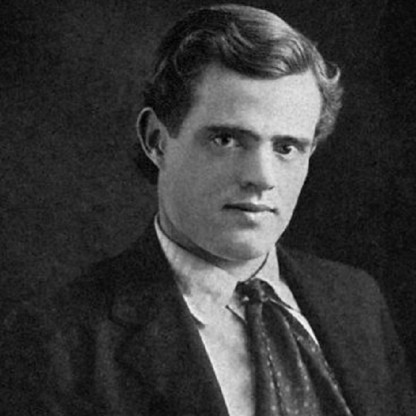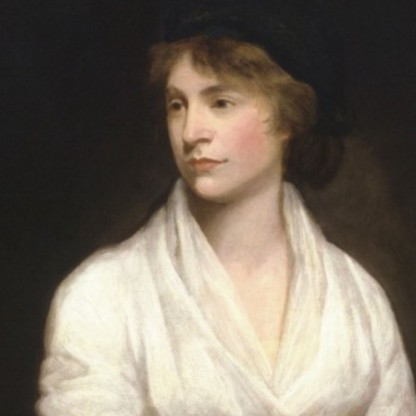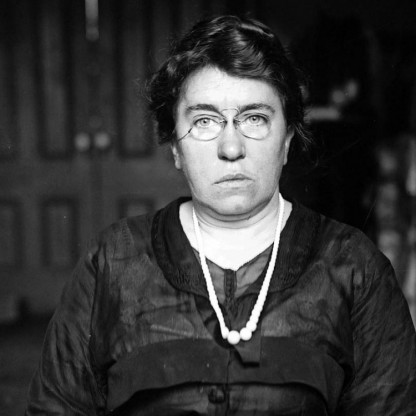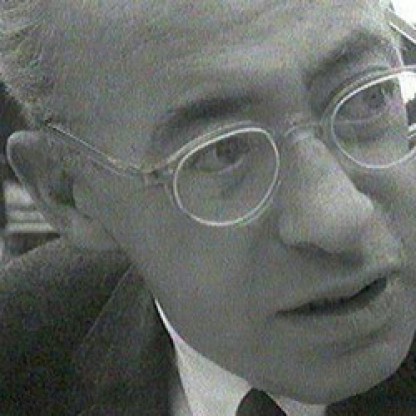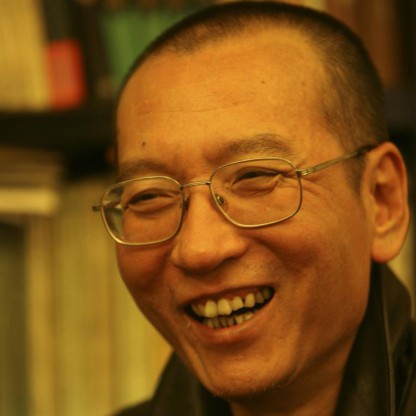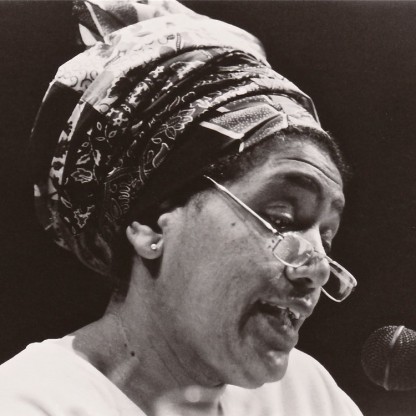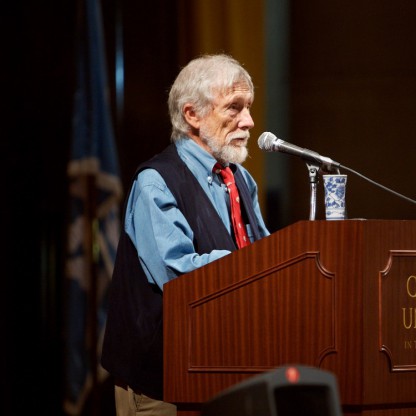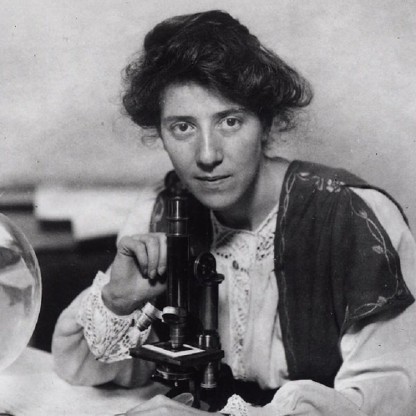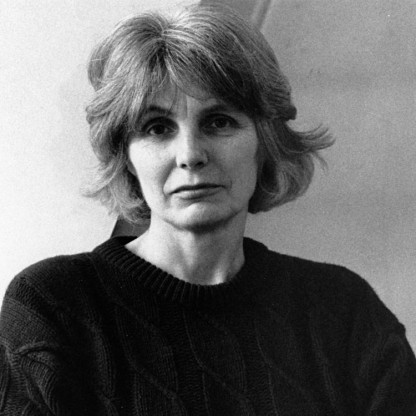Amrita Pritam was born as Amrit Kaur in 1919 in Gujranwala, Punjab, in present-day Pakistan, the only child of a school Teacher, a poet and a scholar of Braj Bhasha, Kartar Singh Hitkari, who also edited a literary journal. Besides this, he was a pracharak – a preacher of the Sikh faith. Amrita's mother died when she was eleven. Soon after, she and her father moved to Lahore, where she lived till her migration to India in 1947. Confronting adult responsibilities, and besieged by loneliness following her mother's death, she began to write at an early age. Her first anthology of poems, Amrit Lehran (Immortal Waves) was published in 1936, at age sixteen, the year she married Pritam Singh, an Editor to whom she was engaged in early childhood, and changed her name from Amrita Kaur to Amrita Pritam. Half a dozen collections of poems were to follow between 1936 and 1943.
